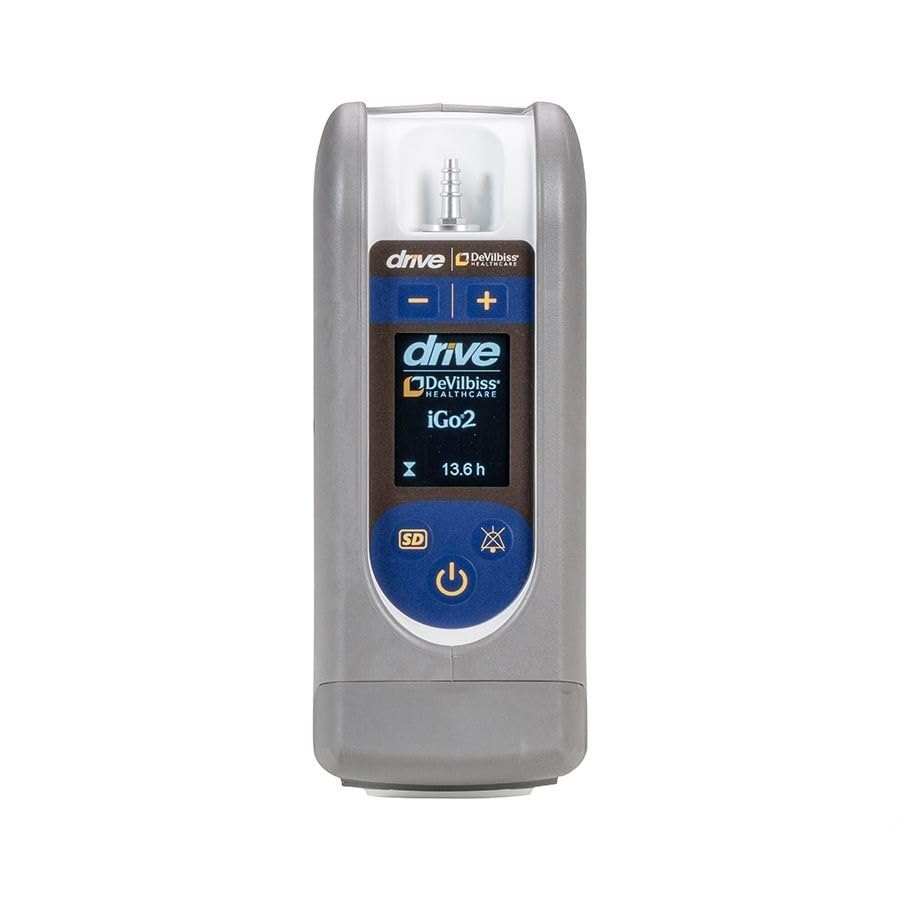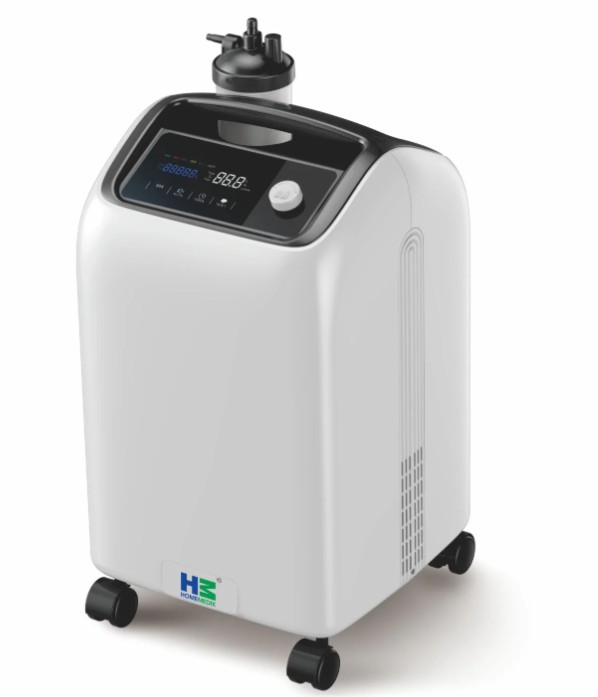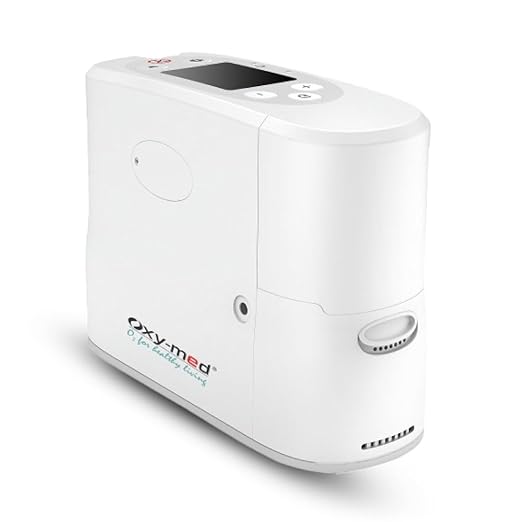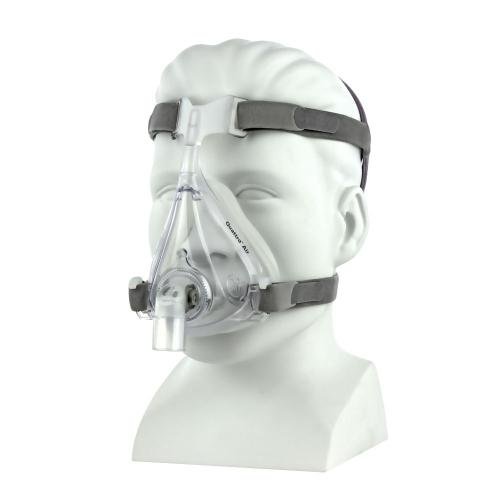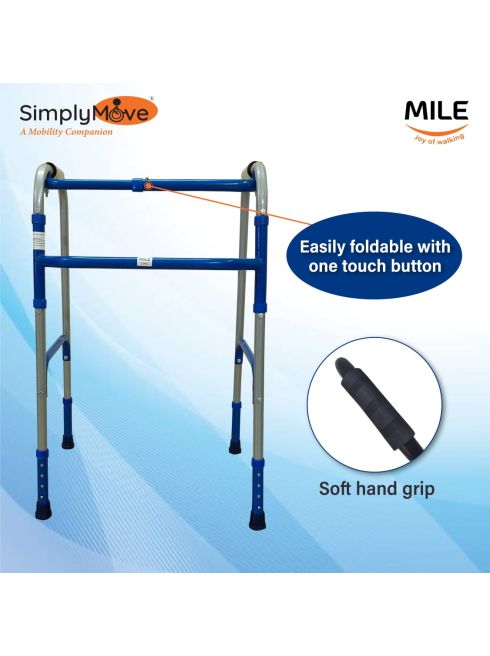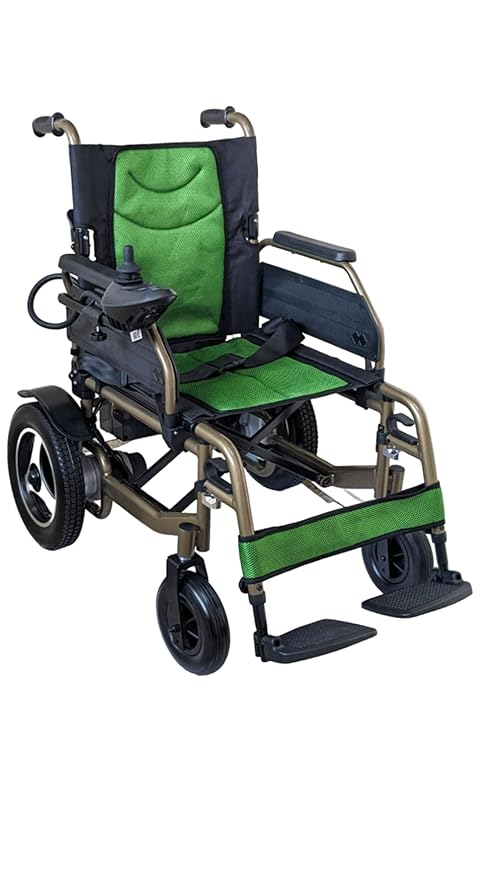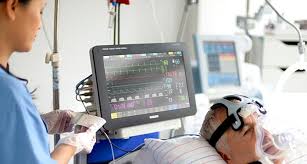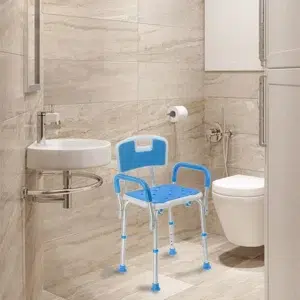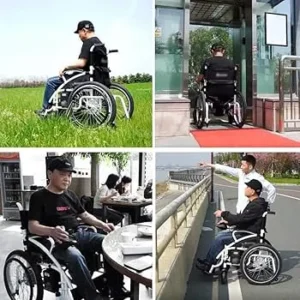A motorcycle accident can leave lasting physical and emotional scars, and for many survivors, chronic pain becomes an unwelcome companion long after the initial injuries heal. Whether from nerve damage, spinal injuries, or musculoskeletal trauma, persistent pain can disrupt daily life, making even simple movements a challenge. Managing chronic pain effectively requires a multi-faceted approach—combining medical treatments, alternative therapies, psychological strategies, nutritional support, and strong communication with healthcare providers. This article explores both conventional and holistic methods to help survivors regain control over their pain and improve their quality of life.
Medical Treatments for Chronic Pain
When pain lingers after a motorcycle accident, medical intervention is often the first line of defense. Depending on the injury, doctors may recommend various medications. Over-the-counter pain relievers like acetaminophen or ibuprofen can help with mild to moderate pain, while prescription NSAIDs may be needed to reduce inflammation in cases of arthritis or soft tissue damage. Muscle relaxants can ease spasms caused by spinal or nerve injuries, and neuropathic pain medications like gabapentin or pregabalin specifically target nerve-related pain. In cases of severe short-term pain, opioids may be prescribed cautiously, though they are generally avoided for long-term use due to addiction risks.
Beyond medications, nerve blocks and injections can provide targeted relief. Corticosteroid injections reduce inflammation around joints or nerves, while nerve blocks temporarily numb specific nerves to interrupt pain signals. For structural damage such as herniated discs, fractures, or compressed nerves, surgical options like spinal fusion, nerve decompression, or joint repair may become necessary when conservative treatments fail to provide adequate relief.
Interventional pain management is a growing field that includes techniques such as radiofrequency ablation, which disrupts pain-causing nerves, or spinal cord stimulators, which deliver mild electrical pulses to the spinal cord to reduce pain perception. These approaches are typically considered when less invasive methods have not been successful, and they are often used in conjunction with physical therapy or rehabilitation.
Alternative and Holistic Therapies
Many survivors turn to complementary therapies to reduce reliance on medications and enhance healing. Acupuncture, an ancient Chinese practice involving thin needles inserted into specific points, can stimulate nerves and promote natural pain relief, particularly for back pain, neuropathy, and muscle tension.
Massage therapy is another effective option, improving circulation, reducing muscle stiffness, and triggering the release of endorphins—the body’s natural pain-relieving chemicals. Techniques like deep tissue or myofascial release can be especially beneficial for addressing accident-related scar tissue and chronic tightness.
Chiropractic care may also provide relief for those with misaligned joints or spinal issues. When performed by a licensed chiropractor, gentle adjustments can help reduce pressure on nerves and restore mobility. It’s important to consult a physician before pursuing chiropractic treatments to ensure the injury type is appropriate for manipulation.
CBD and medical cannabis have gained attention for their potential anti-inflammatory and pain-relieving properties. CBD, in particular, may help manage nerve pain without psychoactive effects, making it an appealing option for those seeking alternatives to traditional medications. Patients interested in these options should consult their doctor, as regulations and efficacy can vary widely.
Gentle movement practices like yoga or tai chi can play a crucial role in recovery by improving flexibility, reducing stiffness, and strengthening muscles without straining healing tissues. These mindful exercises also help retrain the body to move confidently, combating the fear of reinjury that often accompanies chronic pain. Additionally, aquatic therapy is another gentle, low-impact option that uses water resistance to rebuild strength with minimal joint stress.
Psychological Coping Strategies
Chronic pain isn’t just physical—it takes a significant mental toll. Anxiety, depression, and frustration can amplify pain perception, creating a vicious cycle that hinders recovery. Cognitive Behavioral Therapy (CBT) is one effective approach, helping individuals reframe negative thought patterns about pain and develop healthier coping mechanisms to reduce emotional distress.
Mindfulness and meditation practices can also be powerful tools for pain management. By lowering stress hormones—which often exacerbate pain—these techniques promote relaxation and improve pain tolerance. Guided meditation and deep breathing exercises are particularly useful for creating a sense of calm and control. Apps like Headspace and Calm offer accessible, guided sessions that can be used from home.
For those struggling with fear of movement, known as kinesiophobia, graded exposure therapy can be beneficial. This approach involves gradually reintroducing physical activity in a controlled manner, helping survivors rebuild confidence and reduce avoidance behaviors that may delay recovery.
Another valuable psychological tool is Acceptance and Commitment Therapy (ACT), which encourages individuals to accept their pain while committing to meaningful actions aligned with their values. Rather than resisting pain, ACT helps patients focus on what they can do despite it.

The Role of Nutrition in Pain Management
Nutrition plays a surprisingly powerful role in managing chronic pain. Certain foods have anti-inflammatory properties that can help reduce overall pain levels. Omega-3 fatty acids, found in fish like salmon or plant-based sources like flaxseed, are known to combat inflammation. Leafy greens, berries, nuts, and turmeric are also excellent additions to an anti-inflammatory diet.
Hydration is essential as well; dehydration can worsen muscle cramps and joint pain. Limiting processed foods, refined sugars, and trans fats may also reduce inflammation and pain flare-ups. Some individuals may find relief by identifying and avoiding dietary triggers such as gluten or dairy, which can exacerbate pain in people with sensitivities.
Supplements like magnesium, vitamin D, and B-complex vitamins can support nerve function and muscle health. However, it’s crucial to consult a healthcare provider before beginning any supplementation to avoid negative interactions with medications.
Working with a registered dietitian can help survivors of motorcycle crashes design a meal plan that supports healing and reduces chronic pain symptoms holistically.
Support Systems and Community Resources
Isolation often accompanies chronic pain, especially after a traumatic event like a motorcycle crash. But connection—whether with loved ones, support groups, or professional networks—can play a major role in recovery. Support groups, whether in-person or virtual, offer a space to share experiences, coping strategies, and emotional validation. Organizations like the American Chronic Pain Association (ACPA) or local spinal injury foundations can help survivors connect with others facing similar challenges.
Family and friends can also be essential components of a support network. Educating loved ones about the realities of chronic pain helps build empathy and encourages more supportive, effective communication. Caregivers may benefit from their own support groups or educational sessions to better understand how to assist without enabling dependency.
Peer mentorship programs—where recovered individuals support new patients—have shown success in both physical and psychological recovery. Simply knowing someone else has made it through similar circumstances can inspire hope and persistence.
Understanding the Difference Between Acute and Chronic Pain
In the aftermath of a motorcycle crash, distinguishing between acute and chronic pain is essential for determining the right treatment plan. Acute pain is the body’s immediate response to injury—it’s sharp, sudden, and usually resolves as the injury heals. For example, pain from a broken bone or soft tissue damage may last a few days to weeks and typically responds well to rest, ice, elevation, and medications.
Chronic pain, on the other hand, persists for months or even years after the initial injury has healed. It often stems from nerve damage, long-term joint issues, or scarring that affects surrounding tissues. Unlike acute pain, chronic pain may not have a clear physical cause visible on imaging tests, which can make it more frustrating and difficult to treat. Some patients even experience central sensitization, where the nervous system becomes overly responsive, amplifying pain signals over time.
Understanding this distinction helps both patients and providers set realistic expectations and choose interventions that align with the body’s current healing stage. Early intervention can sometimes prevent acute pain from developing into a chronic condition, making timely treatment critical in the post-accident phase.
Returning to Work and Daily Life with Chronic Pain
One of the most significant challenges after a motorcycle crash is returning to work, hobbies, and daily routines while coping with persistent pain. Even seemingly minor tasks like typing, driving, or cooking can become overwhelming when every movement triggers discomfort. That’s why a phased approach to resuming activity is often necessary.
Occupational therapists (OTs) specialize in helping individuals adapt their work environments and daily habits to accommodate pain. This may include ergonomic adjustments, use of assistive devices, or modified schedules to prevent overexertion. For instance, a rider with spinal injuries might benefit from standing desks, lumbar support chairs, or speech-to-text software to reduce strain.
Flexible or remote work arrangements can also be beneficial. Open conversations with employers about limitations and accommodations—possibly supported by documentation from a healthcare provider—can ease the transition back into professional life. In some cases, vocational rehabilitation programs can help survivors pivot to new careers that better suit their physical abilities.
At home, dividing tasks into smaller steps, using mobility aids, and prioritizing energy for important activities can improve function without worsening symptoms. Pain pacing techniques, which involve alternating activity with rest periods, are especially useful in preventing flare-ups. Over time, a carefully managed routine can help survivors regain a sense of autonomy and productivity despite their pain.
How Technology Is Revolutionizing Pain Management
Modern technology is transforming how chronic pain is tracked, understood, and treated—offering promising options for motorcycle accident survivors seeking relief. One major advancement is the rise of pain-tracking apps, which allow users to log symptoms, medication use, mood, and triggers in real time. These digital diaries help patients and doctors identify patterns, evaluate the effectiveness of treatments, and make informed decisions.
Wearable devices are also playing a key role. Fitness trackers and smartwatches can monitor sleep quality, heart rate variability, and activity levels—all important indicators of how the body is coping with chronic pain. Some wearables even offer guided breathing exercises or gentle movement reminders to promote healthier habits.
Telemedicine platforms have increased accessibility to pain specialists, mental health providers, and physical therapists. This is especially valuable for individuals who live in rural areas or find travel painful. Virtual consultations make it easier to maintain continuity of care without sacrificing comfort or mobility.
More advanced technologies, such as virtual reality (VR) therapy, are being explored to help rewire the brain’s perception of pain. VR can provide immersive distraction, guided meditation, or simulated movement therapies that reduce the intensity of pain signals. Similarly, neuromodulation devices, including transcutaneous electrical nerve stimulation (TENS) units, can deliver low-voltage electrical currents to nerve pathways and disrupt pain communication.
As technology continues to evolve, survivors have more tools than ever before to take an active role in their recovery. Embracing these innovations can supplement traditional treatments and empower individuals to better manage their chronic pain from home.
Navigating the Legal Process Post-Accident
Dealing with insurance claims and legal battles while managing chronic pain adds another layer of stress to an already challenging situation. Proper documentation is essential—keeping detailed records of all medical treatments, including doctor visits, prescriptions, and therapy sessions, can strengthen a case for compensation or disability benefits. Maintaining a pain journal that tracks daily pain levels, triggers, and functional limitations can also provide valuable evidence when filing claims.
Consulting a personal injury attorney is often a wise step to ensure fair settlement offers that account for long-term medical needs. An experienced lawyer can navigate the complexities of insurance negotiations and legal proceedings, allowing survivors to focus on their recovery rather than financial and bureaucratic stressors.
If the accident led to lost wages or required career changes due to physical limitations, vocational rehabilitation benefits may also be available through insurance or state programs. Attorneys and case managers can help guide survivors through these processes to ensure access to all available resources.
Working With Doctors to Create a Personalized Pain Plan
Because no two recoveries are identical, a tailored approach to pain management is crucial. Effective communication with healthcare providers is key—being specific about pain location, intensity, and triggers helps doctors make informed treatment recommendations. Patients should consider asking about multi-disciplinary care, which combines physical therapy, medication, and mental health support for a more comprehensive approach to healing.
Pain management clinics often provide access to a team of specialists, including physiatrists, pain psychologists, and physical therapists, all working collaboratively on a recovery plan. Patients are encouraged to be proactive—bringing questions, exploring second opinions, and reviewing their goals regularly with their care team.
For those concerned about medication dependency, discussing non-drug options with a doctor can open doors to alternative therapies. Setting realistic goals is also important; rather than focusing solely on eliminating pain, patients may find it more helpful to prioritize functional improvements, such as regaining the ability to perform daily activities with less discomfort.
Moving on Post-Accident
Chronic pain after a motorcycle accident can feel overwhelming, but a combination of medical treatments, holistic therapies, psychological support, and strong advocacy can make recovery more manageable. By exploring different approaches and working closely with healthcare professionals, survivors can find relief and reclaim their quality of life—one step at a time. The journey may be long, but with persistence and the right strategies, it is possible to move forward with hope and resilience.
*****



